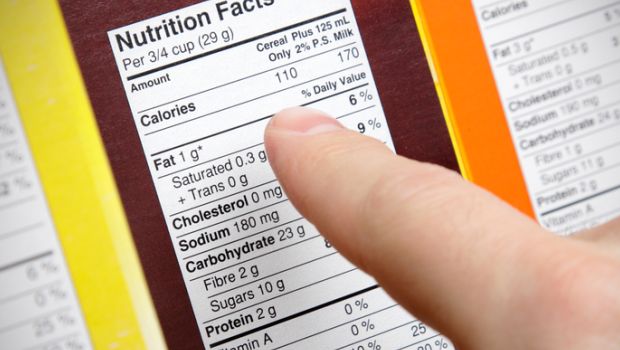
Mr. Thorning gives another example of almonds that contain a lot of fat but they release less fat than expected during digestion especially if you chew them really well. According to the researchers, the effect on your health of a food item is probably a combination of the relationship between its nutrients and also the methods used in its preparation or production. This means that some foods can be better for us or even turn out to be less healthy than what we currently believe. The team also held several discussions about dairy products and how the complex mixture of nutrients and bioactive compounds they contain can affect your digestion and change the overall health properties of the food item.
The expert panel behind these conclusions consists of 18 experts in epidemiology, food, nutrition and medical science. The findings appeared in journal of Clinical Nutrition. Another thing, most health experts agree on, is the serving size that can really confuse the consumers and in some cases even make them overeat. The nutrition value of every product is usually based on a 100 gram serving but the particular item may contain much more than it. So, it is important to find out the correct portion size of the item and multiply the quantities to get the actual numbers. Similarly, most calorie-conscious people will unknowingly grab the yoghurt with the low-fat label, but the same yoghurt could be low in fat, but very high in calories that actually comes from extra sugar added to it.
So, as you can see food labelling is a dodgy area that needs to become more transparent because clearly, they haven't been as effective as they could be. Bigger font sizes, stricter rules about health claims, stating the actual calorific values per serving, order of ingredients as per their quantities, all these must be kept in mind along with the latest we know about food, health and nutrition. Therefore, there is an urgent need to overhaul the current labelling system.












